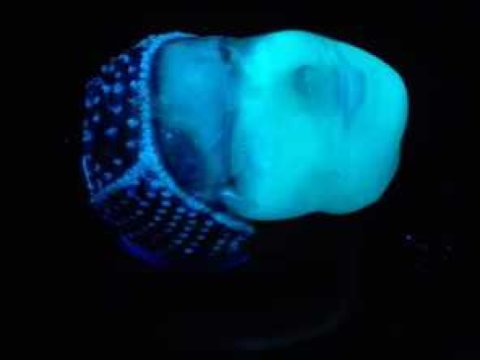Release date: 2017-12-05 In recent years, scientists have been developing 3D printing technology. With the realization of human organs in 3D printing, there is almost nothing that can't be printed with it. Now, researchers have developed a new 3D printing platform that can print any three-dimensional structure by using bacterial ink. Adding bacteria to "Flink" A group of ETH researchers led by Professor André Studart, head of the Composites Laboratory, developed a bacteria-containing ink and named it "Flink", a "functional active ink." The research results were published in the recent issue of Science Advances. The ink is composed of a mixture of hydrogel and bacteria. The hydrogel itself is composed of hyaluronic acid, long chain sugar molecules and fumed silica. The bacterial culture medium is mixed into the ink to give it all the prerequisites for bacterial survival. Using this gel as a basis, researchers can add bacteria with the desired "performance" and then print out any three-dimensional structure they like. The first author, Studart's team members Patrick Ruhs and Manuel Schaffne used putida and Acetobacter xylinum in their work. The former is a toxic chemical phenol that can be decomposed in the chemical industry for large-scale production, while the latter can secrete high-purity nanocellulose. This bacterial cellulose relieves pain, maintains moisture, and is highly stable, opening up potential applications in burn treatment. Viscous like toothpaste In the development of inks, the flow characteristics of hydrogels present a particular challenge: the ink must flow enough to pass the pressure nozzle. The consistency of the ink also affects the fluidity of the bacteria. The harder the ink, the harder it is to move the bacteria. However, if the hydrogel is too hard, the cellulose secreted by Acetobacter is less. At the same time, the print must be strong enough to support the weight of the subsequent layers. If they are too fluid, it is impossible to print a sufficiently stable structure because they will collapse under heavy pressure. Schaffner summarizes the key to ink. “Ink must be as sticky as toothpaste and have the consistency of hand cream.†So far, material scientists have not studied the lifespan of bacteria in prints. Ruhs said, “Because bacteria have very little demand for resources, we think they can survive in print for a long time.†Great application potential Currently, the research is still in its infancy, Ruhs said. "The use of bacterial ink printing has great potential. Most people only associate bacteria with disease, but in fact, if there is no bacteria, we can't survive." People believe that their bacterial ink is completely safe because the bacteria used are harmless and beneficial. In addition to medical and biotechnology applications, researchers have envisioned many other potential uses. For example, this material can be used to study degradation processes or biofilm formation. A practical application might be a 3D printed sensor containing bacteria for detecting toxins in drinking water. Another idea is to make filters containing bacteria for catastrophic oil spills. To achieve these applications, you first need to overcome the challenges of slow 3D bio-printing and poor scalability. Currently, Acetobacter xylinum takes several days to produce cellulose for biomedical applications. Scientists believe that they can further optimize and accelerate this process. Reference material 3-D-printed minifactories Source: Bio-Exploration (micro-signal biodiscover) Dropping Bottle,Amber Dropping Bottle,Amber Dropping Bottle Pipette,Amber Glass Dropping Bottle Yancheng Rongtai Labware Co.,Ltd , https://www.shtestlab.com